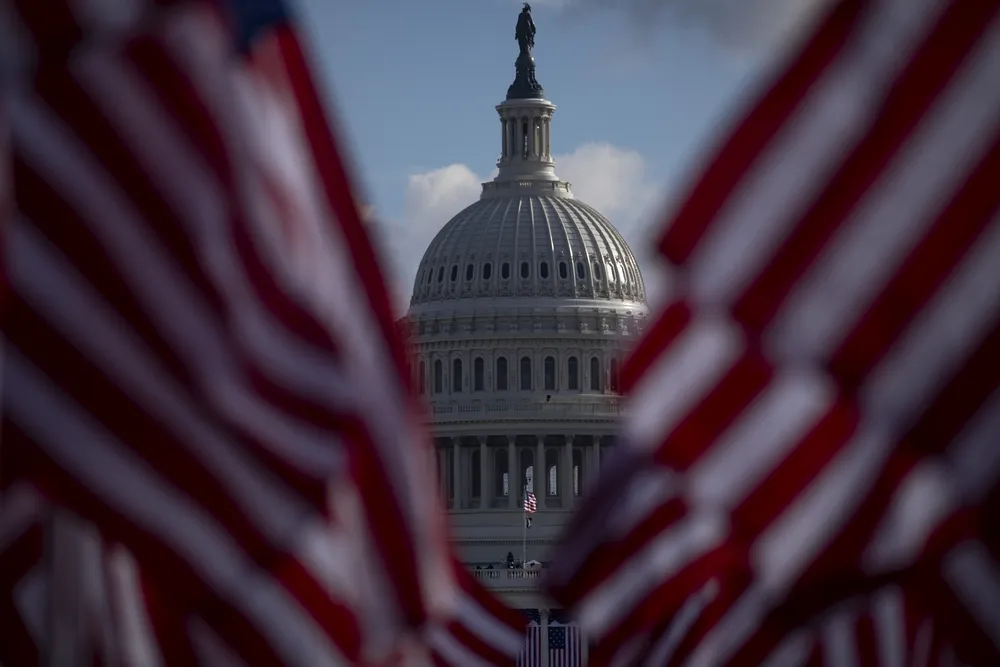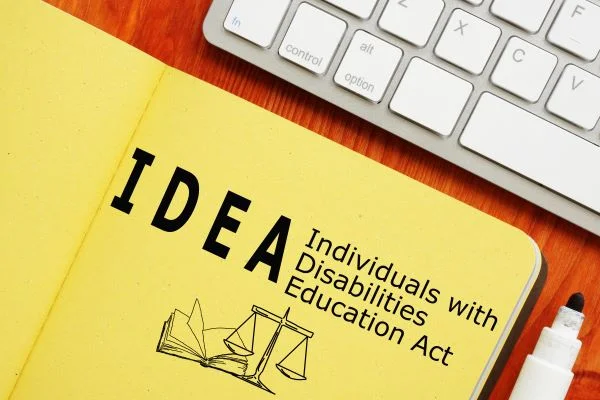It is currently less than a week before the 2024 presidential election. Early voting has started across the country as campaigning and rallying continue to make a last push to sway undecided voters. It’s likely that your recent news reading has featured polling updates, or that the World Series game you just watched had several political advertisements—all signs of a general election that is heating up in anticipation. With the polls showing razor-thin margins between Democrats Kamala Harris and Tim Walz and Republicans Donald Trump and JD Vance, it’s important to understand how each ticket can forge its path to victory this coming Tuesday: through battleground states.
Pennsylvania
The mid-Atlantic state of Pennsylvania has been getting staggering levels of national attention over the past weeks. With its 19 electoral votes up for grabs and polling that indicates it is a true 50-50 toss up, both candidates are making every effort they can to secure the state. With more Democratic leaning areas in the cities of Philadelphia and Pittsburgh, and more Republican leaning areas in the more rural parts, Pennsylvania has been a frequent stop on the campaign trails of both Vice President Harris and former President Trump. Many believe that the election will come down to this very state, which out of all the consensus battleground states, has the most electoral votes. For Trump, a win here could mean he only needs to win North Carolina and Georgia. However, for Harris, solidifying the “blue wall” would make winning extremely difficult for her adversary. With Trump winning in 2016 and Biden winning in 2020, Pennsylvania is a true swing state that will have massive implications.
Georgia
In the 2016 election against Hilary Clinton, Trump won the state of Georgia by 5.13%. In 2020, the state swung all the way to favor the Democrats, with Biden winning by 0.23%, just 12,000 votes. An unexpected and significant movement put Georgia onto the battleground state radar, where it continues to be for this upcoming election. Georgia offers 16 electoral votes to its victor, a substantial reward. Here, the candidates look towards key areas such as Atlanta and its suburbs. While current polling shows that Trump has a slight edge, it is within the margin of error meaning it’s anyone’s game in. Harris winning would be not only a boost towards 270, but encouraging the state to continue to trend blue. Swinging Georgia back would be huge for Trump’s path to victory and future Republican standing.
Arizona
Arizona, one of two sun-belt battleground states, is the only state out of the seven with more registered republicans than democrats. Be that as it may, its margins are still extremely close, with polling suggesting a very slight, but within the margin of error lean towards Trump. Being a state on the border, immigration is a key issue that both candidates have tried to solidify their stances on. Arizona’s 11 electoral votes went to Trump in 2016 by 3.5% and Biden in 2020 by 0.3%, and while not having as many as some of the other states on the list, it is just as impactful.
Michigan
Another member of the “blue wall”, Michigan is yet another battleground state that went in favor of Trump in 2016 and Biden in 2020. Furthermore, the margins were close both times, being 0.23% and 2.78% respectively. Leading into Tuesday, polls suggest a thin Harris lead, but again, it is simply too close to call. Michigan is an extremely diverse state, with big cities such as Detroit and much smaller, quiet towns. It is also home to many working class and college student voters that will be key for both candidates to win over. Michigan’s 15 electoral votes are favored to go to Harris, and while it’s not necessary for her to win, it is a state that her campaign would not want to see flip the other way.
Wisconsin
Wisconsin is the last “blue wall” state to mention, and it is every bit as close as its companions of Michigan and Pennsylvania. It’s interesting to note that these three states typically vote as a trio, with all being red in 2016 and all being blue in 2020. Currently, polling has Harris leading by a hair, even more narrow than Michigan. Wisconsin has a similar voting demographic to its great lake neighbor, with many working class and college student voters. It has ten electoral votes, and will be a key part of the wall to defend for Harris, and attack for Trump.
North Carolina
North Carolina is the only state on the list that hasn’t “swung” recently, as it has been a safely republican state since the 2008 election. That means it is also the only state from the seven that voted for Trump over Biden in 2020. Even considering this, it is still a state that has narrow margins, and can go either way. Currently, the polls favor Trump by a little, but there is an increased level of uncertainty in the state due to the recent natural disaster of Hurricane Helene. There are 16 electoral votes available, with the cities and suburbs of Raleigh, Charlotte, and Ashville holding a key role. Recently, the Harris campaign has pulled all funding out of the state, which could potentially point to a Trump victory, but breaking the blue drought in the state would prove massive for achieving 270.
Nevada
With only six electoral votes, Nevada is the smallest state out of the seven. However, it is still important for each candidate to win in certain close scenarios, which the election will likely be. Nevada is another state that has less swing tendency, as it was the only one of the seven to vote for Hilary Clinton in 2016. The polls show that like Pennsylvania, Nevada is a true toss up with no favoring towards any candidate. Being largely dominated by the cities of Las Vegas and Reno, it will be key for both candidates to gather support in those two areas.
While certain stories point towards other exciting battles in states such as New Mexico, Minnesota, or Virginia, these seven battleground states are the most likely to be decisive on election day. The results will not only impact this year’s election results, but voter trends for years to come.














